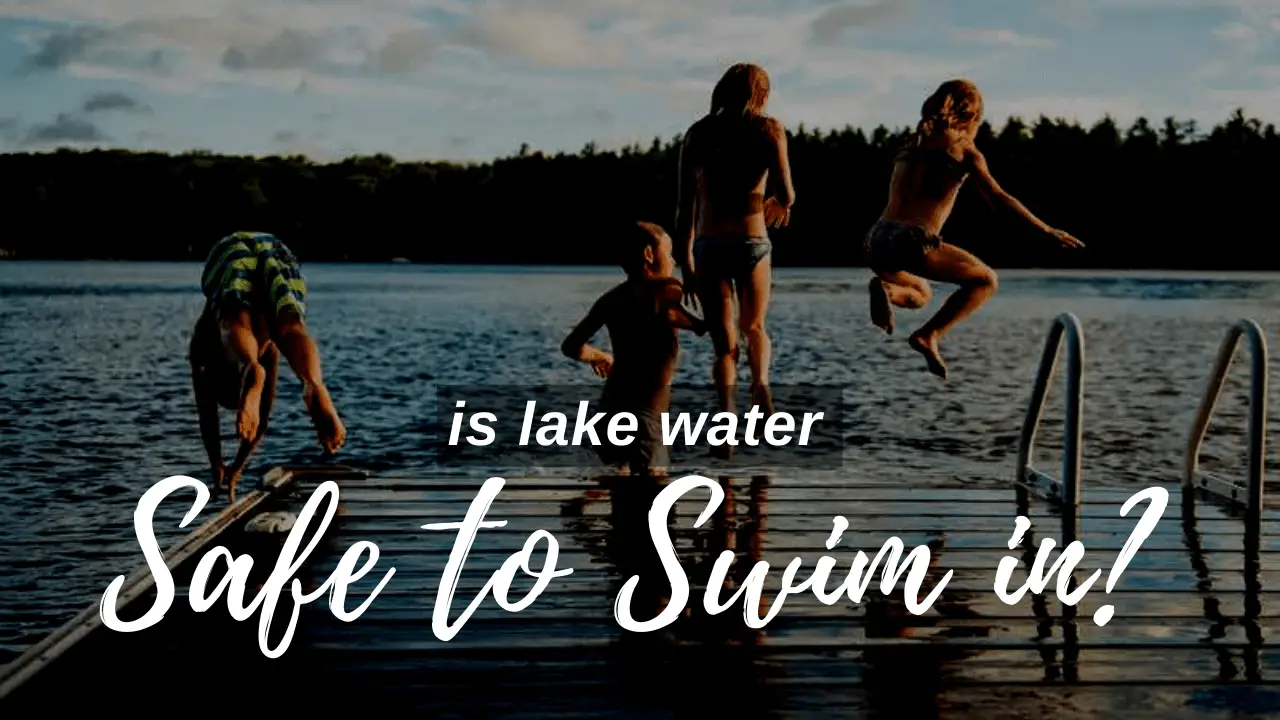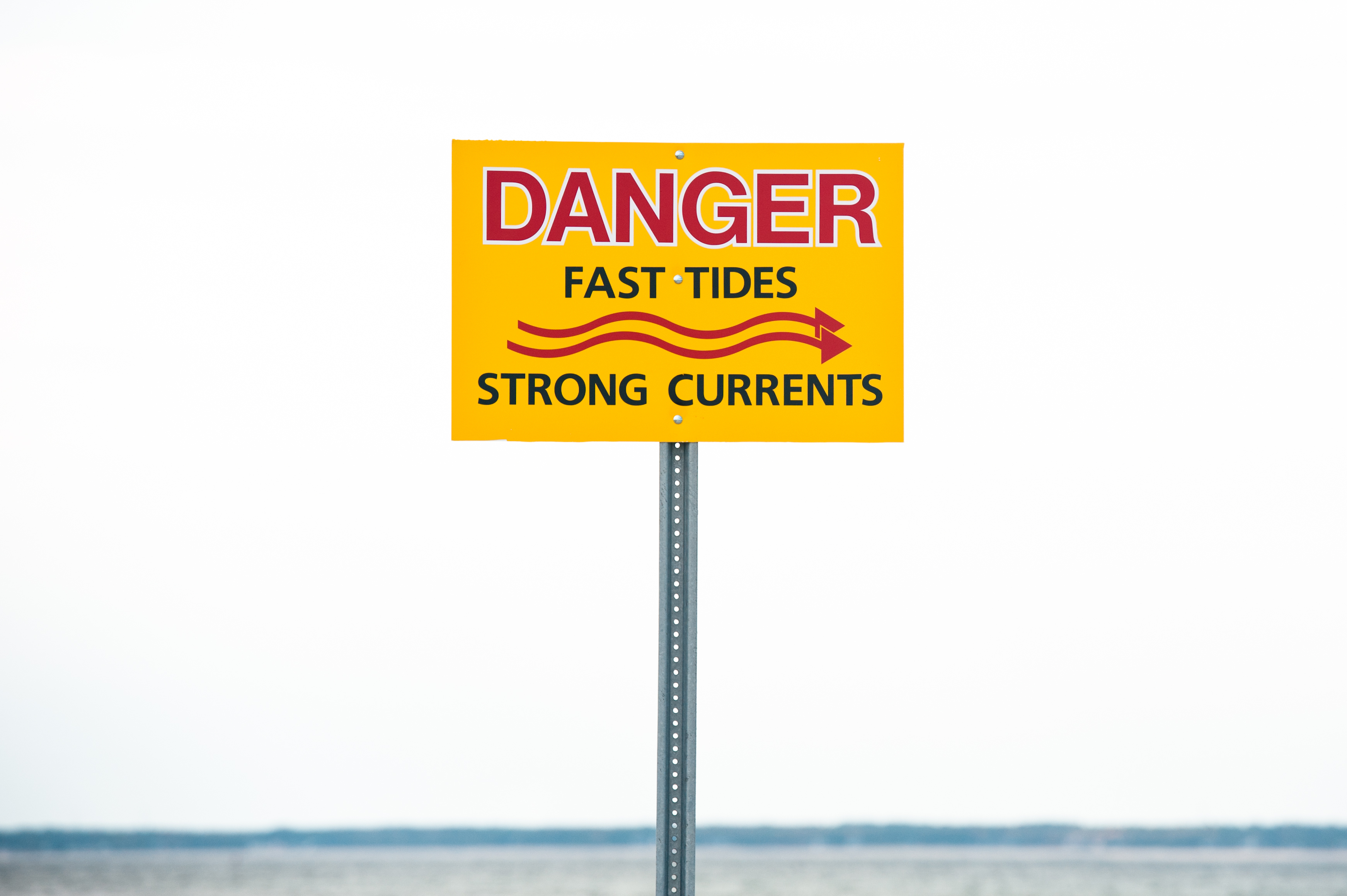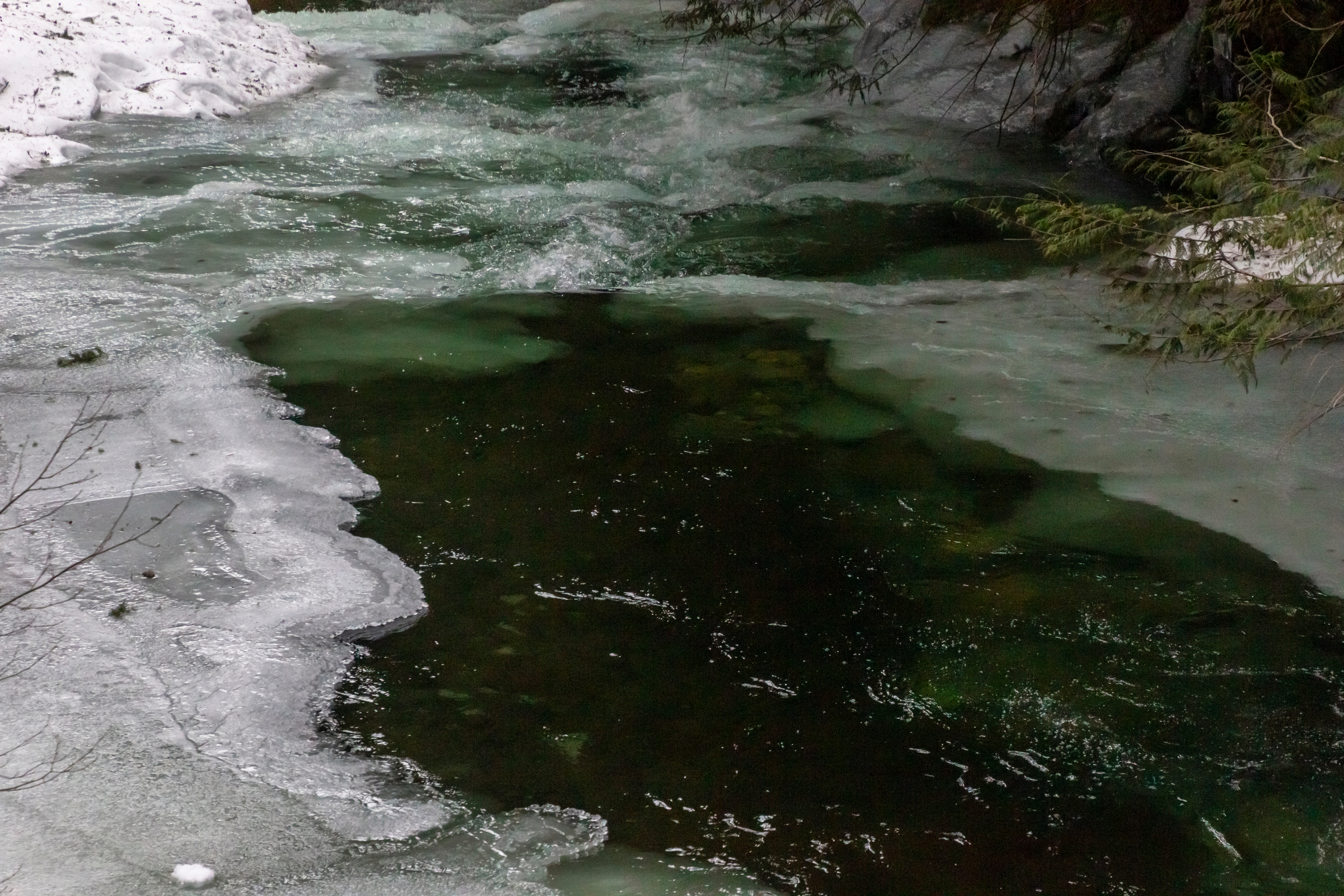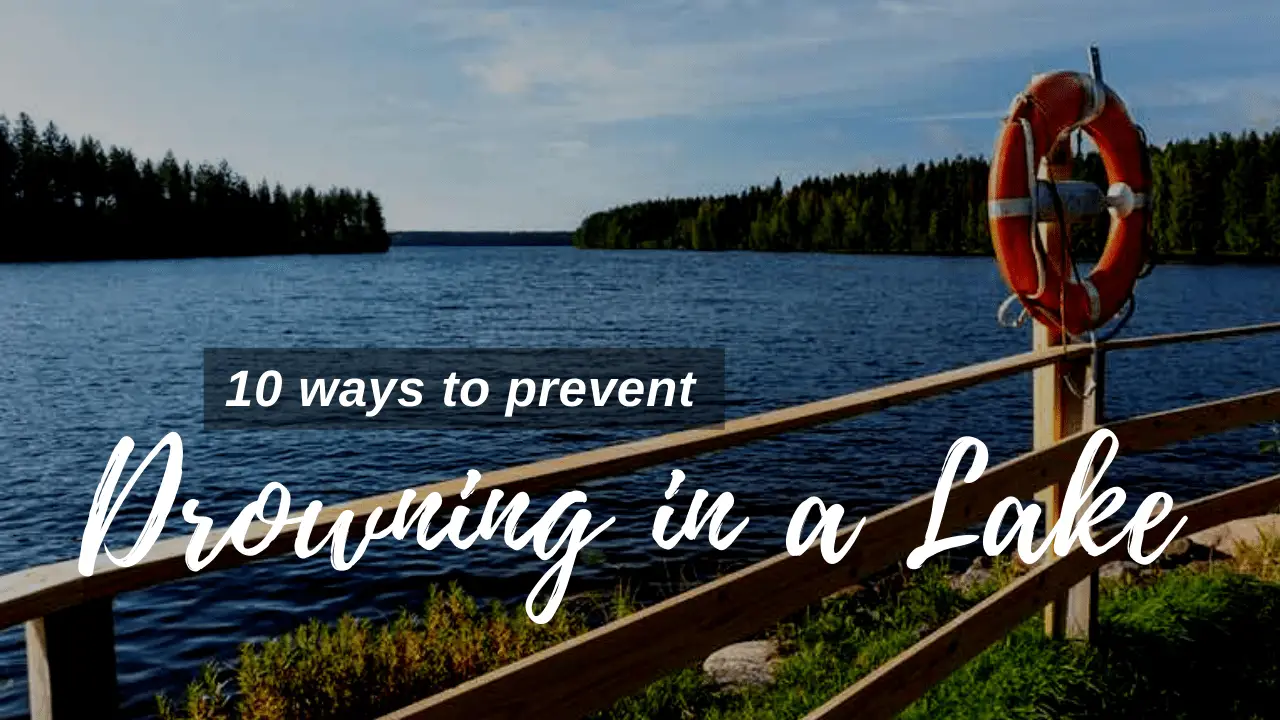
Is Lake Water Safe to Swim in?
Summer is all about getting outside, enjoying some fresh air, and basking in that summer sun. It’s hot outside though, and that lake starts to look more and more tempting as the temperatures rise. Whether you’d like to swim in a lake that you know of, or you found a secret swimming hole on your vacation, take a moment to consider whether it’s safe to swim in the lake water before you jump in. These warning signs will make it easy to judge if that lake will be as safe as it is refreshing.
Table of Contents
Is Lake Water Safe to Swim in?
Sometimes, it can be easy to figure out if a lake is safe to swim in. For instance, if a lake in your neighborhood never has people jumping in, you can assume there’s a reason why.
There are other warning signs though of dangers that can pose a risk while swimming, or which can foreshadow possible illness if you jump in the lake water. To protect yourself and your friends, take a look here for some guidelines.
Check Yourself
Part of swimming safely in a lake is to check yourself first. If you’re not feeling well, don’t risk it. Hang out on the side and stick only your feet in. Do not jump into any natural lake with an open wound either.
Is that Algae?

Take a look around the river. Do you see algae building up? Even in a still lake or river, you might see some algae. This little green plant looks harmless, but if there’s a lot of it, be cautious. If you swim during an algae bloom, there is a risk of getting sick, especially if you drink some of that lake water accidentally.Not all algae are harmful, but there are certain types like cyanobacteria that can be dangerous. Cyanobacteria can be toxic, causing irritation if you touch it and internal damage if you swallow it.But if you’re like me, you probably aren’t an algae expert. In terms of knowing if the algae are in bloom or if it’s dangerous, you should be able to pick out a distinct smell. It will be off-putting and is a good sign that you shouldn’t jump in.
Check Your Surroundings
One thing that people forget when swimming in lakes: there’s no lifeguard. If someone gets hurt, you need to be prepared to help them. This is especially true if you’re swimming with young children; keep an eye on them at all times.
Also, check to see if you can see the bottom of the lake. If you can’t, this isn’t necessarily a problem, but it’s better to know what you’ll encounter and how deep the water is just in case you have any problems staying afloat. This is especially true when it comes to slippery rocks. Those can be very dangerous since people are known to slip and hit their heads.
A Fast Current

You might find a beautiful lake to swim in that has a current to it. It’s easy to think that you’ll be able to move right though, but powerful swimming currents are hard to combat. Before you jump in the lake water, take a second to think about how fast that current is moving and if your swimming skills are good enough to match up. Don’t pretend you’re a better swimmer than you are. Step your feet in the water to test how strong the current is. Be sure not to go in any further, even in shallow water. Another method is to throw a stick into the water to see how fast it moves. If you couldn’t catch the stick if you swim after it, you’re at risk to be overpowered in the current. Also, check to be sure that no current lead to anywhere dangerous. This isn’t a movie; you don’t want to end up falling down a waterfall because the current is too strong. Try looking for a place with a calm current, or no current at all.
River Merging

Speaking of currents, the current will be strongest when two rivers meet. This spot will be much stronger than the current for individual rivers and can baffle even the most experienced swimmers. Make sure there are no dangerous areas like this when you begin swimming. You can check for other danger signs too, like rocks or sharp turns in the river. If you do get swept down the current for a moment, you don’t want to accidentally get tripped up and hurt by some rocks.
See Any Signs?

Check around you to see if there are any signs posted around the area. If the land is publicly owned, these signs will let you know what is safe and what isn’t safe. For instance, if there’s a sign that says “no diving,” this means that it won’t be safe to jump in head first. Always make sure to check the lake water’s depth before you dive in anyway. Take a look online to see the status of the water for public swimming spots too. Many states list the swimming conditions for public lakes so you can see if the water has been contaminated.
Water Testing
People can get ill from swimming in streams that are contaminated with fecal matter. This might be because the lake is near farmland where animals live or where there are other contaminants like fertilizers. If you’re going to swim near an area like this, pick up a product like API Master Test Kits.These kits are made to test and monitor the water quality, checking for the pH balance, ammonia, nitrite, and phosphate levels. They’re not overly expensive and can be used to test places the EPA hasn’t gotten to.
API Master Test Kits
- Contains one (1) API POND MASTER TEST KIT Pond Water Test Kit 500-Test, including 6 bottles of testing solution, 3 color cards and 4 glass test tubes with cap
- Helps monitor water quality and prevent invisible water problems that can be harmful to fish
- Measures ornamental pond pH balance, Ammonia content, Nitrite levels and Phosphate content
- Contains six test bottles, instructions, glass test tubes and color charts for 500+ tests Use weekly for monitoring and when water or fish problems appear
- Complete kit for testing pond and tap water
- Tests for pH, ammonia, nitrite and phosphate levels
Conclusion
Swimming safely can feel like a hassle when you just want to jump in the lake and cool off after a hot day, but it’s definitely worth it. Before you run off to have a great time, think about the safety of the lake you’re considering. Some signs will be obvious, like actual signs, but others, like algae, may take a minute. Either way, you’ll be thankful that you’ve remained safe and in good health when you jump in the lake water.







